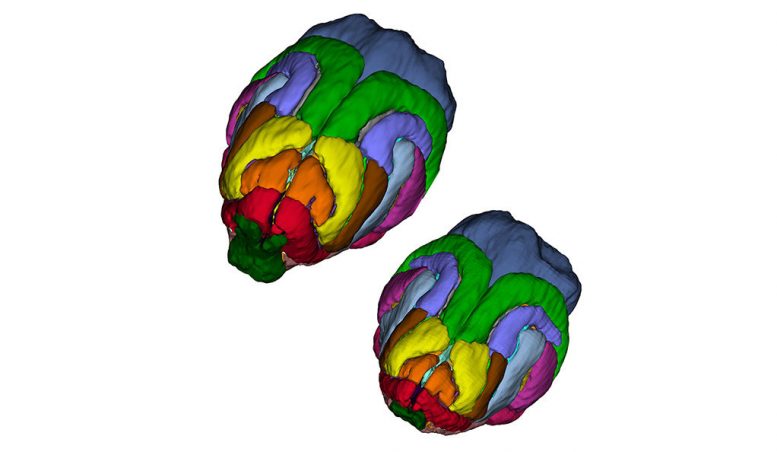
The ferret brain is convoluted and contains diverse neural progenitor cell types during development, similar to the human brain. Loss of a gene linked to human microcephaly causes the same severe phenotype in the ferret (right) and provides an insight into cerebral cortical development and evolution. (Image via Yale Magnetic Resonance Research Center)
Scientists have identified several genes that when mutated can cause children to be born with microcephaly, or abnormally small heads. But exactly how these genes control brain size has remained unclear. A team of researchers headed by scientists at Yale and Harvard have identified how one such gene controls the growth of the cerebral cortex, the seat of higher-order thinking in humans.
The gene, abnormal spindle-like microcephaly-associated (ASPM), helps keep neural progenitor cells proliferating for a longer period in the developing embryo, which in turn leads to the production of more neurons and supporting glial cells, the researchers report on April 11 in the journal Nature.
Mutations in ASPM reduce brain volume by half in human microcephaly cases.
Previous efforts to study the function of genes involved in brain growth have been hampered by differences in species. For instance, brains of mice are 1/1000th the size of humans and lack the complex folds that dramatically expand the surface area of the brain. In the new study, the researchers tracked changes in the brains of ferrets, which share many structural and molecular similarities with higher-order mammals such as primates. Ferrets lacking the ASPM gene show strikingly similar brain abnormalities found in human microcephaly patients, such as 25%-40% reduction in brain volume, with the most severe reduction in the frontal cortex.
Also the mutant ferret cortex shows a massive premature displacement of a specific neural progenitor cell that has been implicated in expansion of the cerebral cortex in primates.
“ASPM seems to make neural progenitor cells linger in the germinal zone, allowing them to divide more in place,” said Yale’s Byoung-Il Bae, associate research scientist in neurosurgery and co-corresponding author of the paper.
The evolution of the ASPM protein is significantly associated with brain size in primates, whales, and dolphins. “Perhaps the same developmental mechanism led to expanded brain size in both primates and cetaceans,” Bae said.
Harvard’s Christopher A. Walsh of Boston’s Children Hospital is co-corresponding author of the paper.
The research was funded by National Institutes of Health, Howard Hughes Medical Institute, and Allen Discovery Center program.
Reference: “Aspm knockout ferret reveals an evolutionary mechanism governing cerebral cortical size” by Matthew B. Johnson, Xingshen Sun, Andrew Kodani, Rebeca Borges-Monroy, Kelly M. Girskis, Steven C. Ryu, Peter P. Wang, Komal Patel, Dilenny M. Gonzalez, Yu Mi Woo, Ziying Yan, Bo Liang, Richard S. Smith, Manavi Chatterjee, Daniel Coman, Xenophon Papademetris, Lawrence H. Staib, Fahmeed Hyder, Joseph B. Mandeville, P. Ellen Grant, Kiho Im, Hojoong Kwak, John F. Engelhardt, Christopher A. Walsh and Byoung-Il Bae, 11 April 2018, Nature.
DOI: 10.1038/s41586-018-0035-0

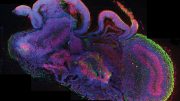

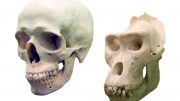
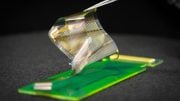
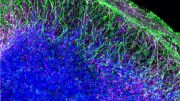
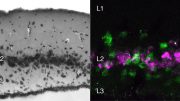

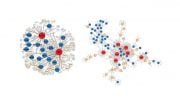
Be the first to comment on "Scientists Identify Several Genes That Cause Abnormally Small Heads"